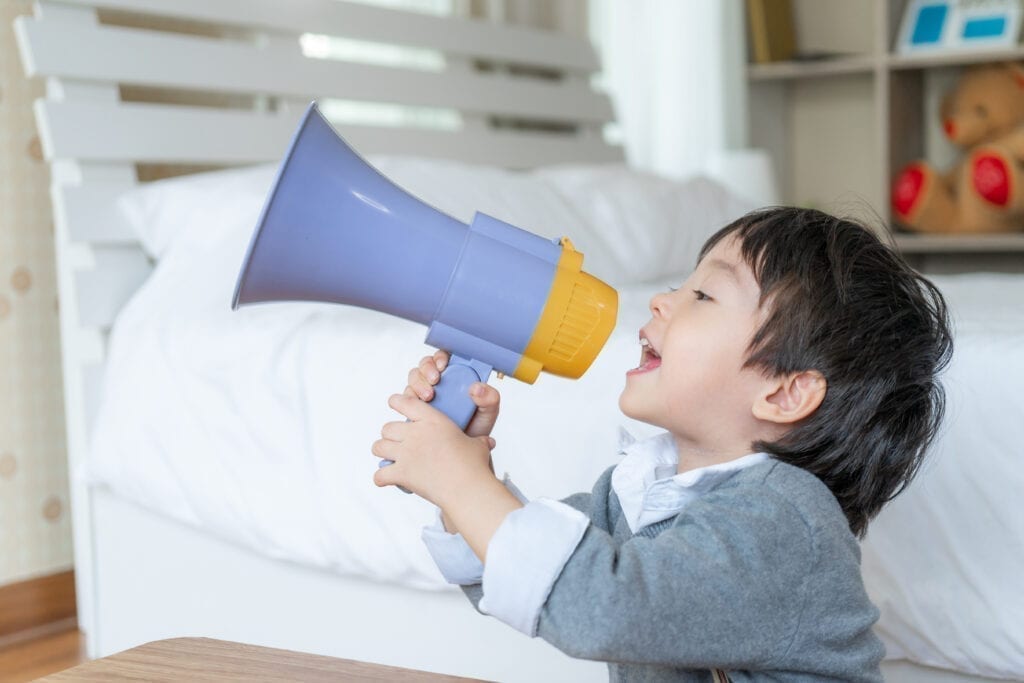Tips for Helping Your Child Produce /s/

By age six, a child should be well versed in saying words with the /s/ and /z/ sounds. If your child has difficulty with the /s/ sound, this is typically considered a lateral lisp. You may also notice your child has difficulty producing /z/ sounds as well if your child is not able to produce /s/. A lateral lisp can sound like a child has too much saliva in their mouth and can result in a slushy quality of speech.
If your child is struggling with the /s/ sound, here are some tips to help them.
1. Isolate the problem
Speech problems aren’t one-size-fits-all, so it’s important to figure out exactly what your child is having trouble with. A child who is having difficulty with the /s/ sound may be unable to produce the sound at all or only able to produce it when it’s by itself. They may also use the /s/ sound in conversation but produce the sound with a frontal distortion or lateral distortion.
2. Practice the /t/ sound first
If your child cannot produce the sound at all, the first place to start is to start with the /t/ sound. The /s/ and /t/ sound are produced in similar ways inside your mouth. To produce them, you touch the bumpy spot directly behind your top front teeth. The main difference between the /s/ and /t/ sound is that the /t/ sound is produced with one short burst of air. The /s/ sound, however, is produced by pushing air out continuously.
3. Name the sound
If your child can say the /s/ sound by itself but doesn’t use it in conversation, you can give the sound a name. If the child is too young to read, it can be difficult to associate the sound with the letter. Instead, you can name it “the hissing sound” or “the snake sound”. Once you’ve given the sound the name, you can use the name to remind your child to make that sound.
4. Use a straw
If your child can produce the /s/ sound in conversation, but it sounds a little funny, it may be difficult for the child to understand where the air is directed. One way to assist with this problem is by using a straw. If the child has a lateral distortion, the airflow will come out of the sides of the child’s mouth. On the other hand, if the child is producing the /s/ sound properly, it will come from the center. Allowing them to hear the difference can help them make the distinction and correct it.
5. Contact a speech therapist
Finally, If your child continues to struggle with the /s/ sound, it may be time to find a speech and language therapist. While there are some things you can try at home, a speech and language therapist will be able to quickly diagnose and assess the problem. They will also have a wealth of knowledge to offer you and your child. A speech therapist may have different techniques you haven’t thought of and will make learning fun for the child.
There are many ways to utilize therapy services for your child. Whether you choose to go to a center or would rather a remote therapy option, such as connect teletherapy, it’s important to make sure your child gets the therapy they need. This will ensure they can communicate clearly and effectively as they get older.
